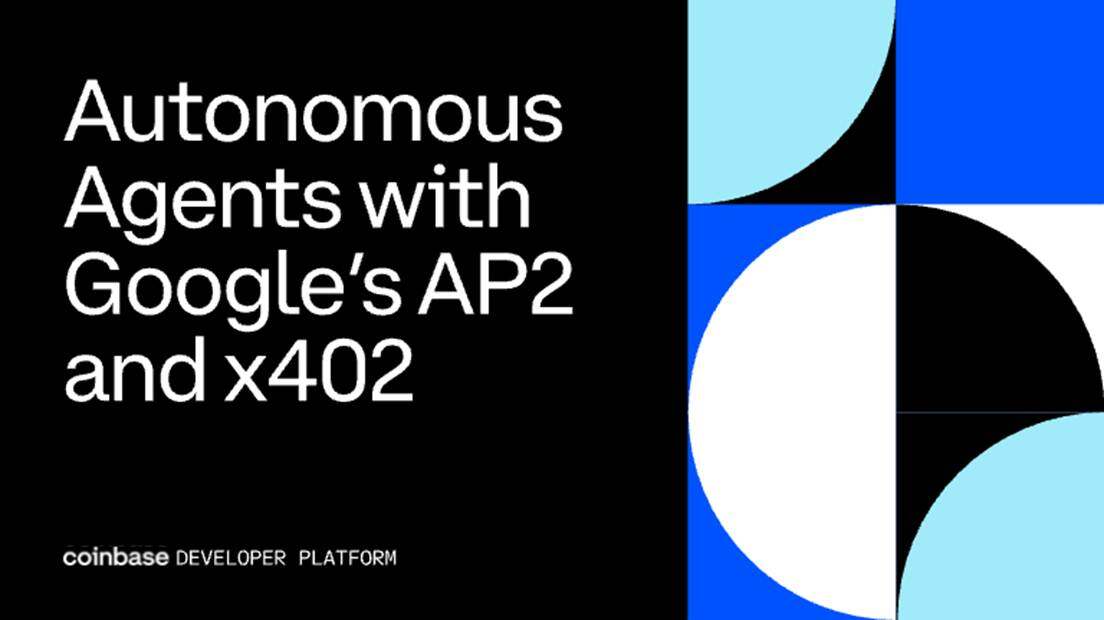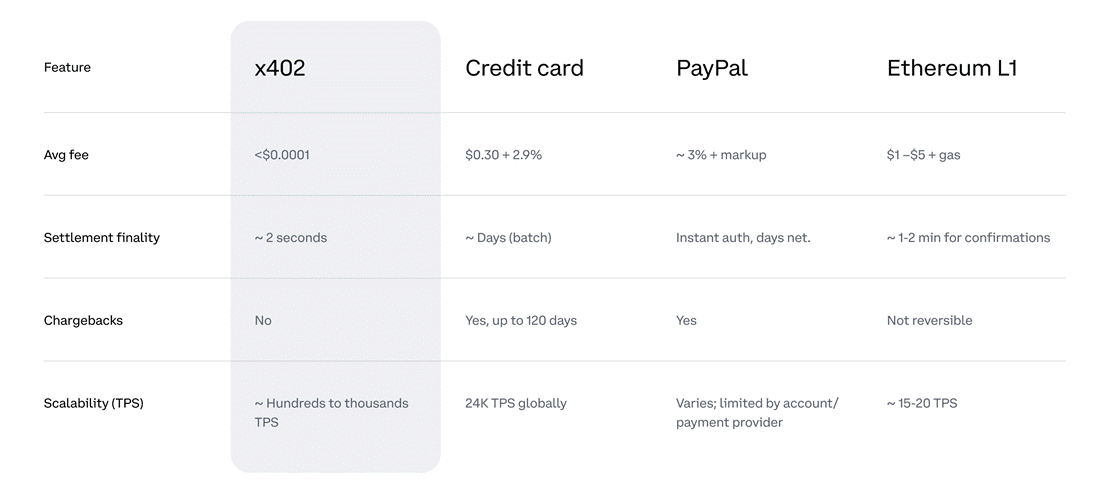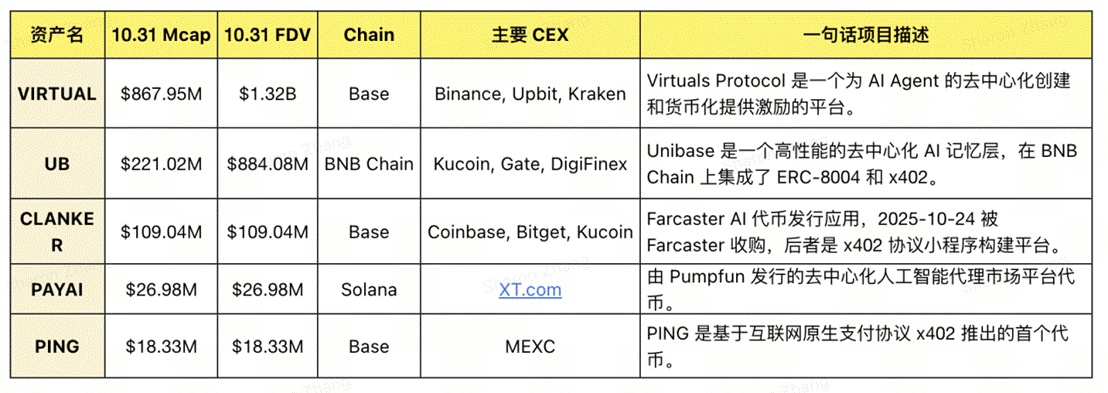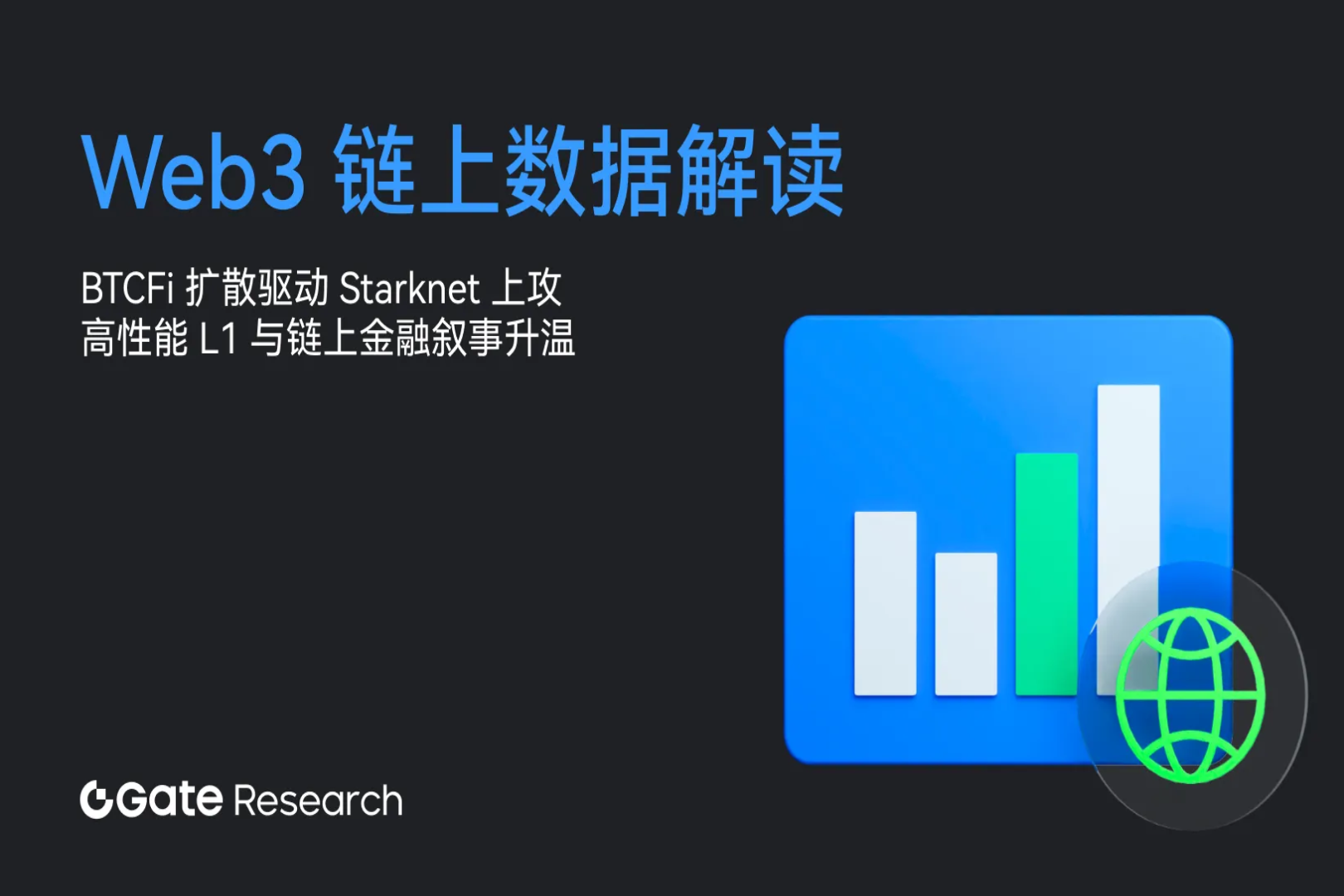Newfire Research Institute x402 Research Report: The Value Exchange Layer in the AI Agent Era, From HTTP402 to Crypto-Native Payment Standards
Original author: Newfire Research Institute
x402 Hot Topic Background: The AI Economy Without Payments
The rapid development of the AI industry has driven the rise of the concept of intelligent agents, but most AI agents are still unable to engage in autonomous economic activities. They can generate content, invoke models, and perform tasks, but they cannot pay for their own services or data usage. Existing payment systems rely on account systems and credit institutions, while AI cannot meet prerequisites such as KYC, API key management, and account binding. This deficiency prevents the AI economy from achieving a closed loop.

https://www.coinbase.com/developer-platform/discover/launches/google_x402
Following Google's launch of the Agent Payments Protocol (AP2), which focuses on AI-powered payment solutions, Coinbase's previously released x402 protocol has also come into the public eye, attempting to provide a more crypto-native underlying solution to this problem. x402 is based on the long-reserved but never widely adopted HTTP status code "402 Payment Required," embedding payment logic into the HTTP request/response flow, allowing any API or intelligent agent to instantly complete value exchange upon access. Its essence is an internet-native payment standard, rather than a traditional application programming interface (API).
Both AP2 and x402 are dedicated to enabling automated payments for AI, but the former focuses on building a centralized API payment standard that relies on a platform account system; while the latter takes decentralization as its core, embedding encrypted payments into the HTTP protocol to achieve accountless, cross-chain real-time settlement.
x402 Protocol Design: Making Encrypted Payments a Native Internet Function
x402 is an open payment standard based on the native HTTP status code 402 Payment Required. Its core goal is:
"Enabling any AI, API, or IoT device to exchange value in real time, on a per-use basis at minimal cost."
Technically, x402 embeds "payment" into the HTTP protocol stack—developers only need one line of code:
The paymentMiddleware(amount: "0.10", address: "0x...") function enables AI to make payments instantly.

https://www.coinbase.com/developer-platform/products/x402
Compared to traditional payment methods (such as bank cards, Stripe, PayPal, or OpenAI prepaid points systems), the x402's structure is closer to the underlying internet standards.
This design brings three main features:
- Accountless : Payers and service providers interact through blockchain addresses, eliminating the need for a traditional account system.
- Instant settlement : Payment and access are completed almost simultaneously, with payment times reaching "≤ 2 seconds" on some L2 networks.
- Supports micropayments : Supports transactions as low as $0.0001, suitable for high-frequency, low-value scenarios such as content, data, and APIs.
Furthermore, the protocol is neutral to both the blockchain and the token, currently using stablecoins (such as USDC on Base) as the primary settlement asset, and can be expanded to multi-chain solutions in the future.
x402 Application Prospects: From Pay-Per-Use Billing to Value Networks in a Machine Economy
The greatest significance of x402 lies in enabling "machine/agent" to have economic interaction capabilities, not just function calls. Its applications include:
- Pay-per-use : AI models, data APIs, and computing power access can be billed based on the number of uses, without the need for a subscription.
- Intelligent agents can make payments independently : Intelligent agents can freely call services and make payments without the need for manual pre-charging or account management.
- Content and data micro-payments : Paying by article, by second, or by data volume becomes possible, breaking through the traditional advertising/subscription model.
- Machine-to-machine (M2M) payments : IoT devices and automated systems can complete spontaneous value exchanges through x402.
From an industry perspective, with the rise of the AI Agent economy, these protocols provide new "value layer" infrastructure.
The applications of the x402 are not limited to payments. Its core value lies in enabling machines to engage in economic interactions.
x402 Development Trends and Real-world Challenges
x402 is currently in its early promotion phase. Coinbase is leveraging its numerous partners, along with the popular Ethereum L2 Base network and the USDC stablecoin ecosystem, to promote it as a native AI payment standard. If this standard is widely adopted by developers, x402 has the potential to become the "TCP/IP of the AI economy," serving as the value transfer protocol for all intelligent agents interacting with the API layer.

https://www.coinbase.com/developer-platform/products/x402
However, x402 also faces significant challenges. The regulatory and cross-border compliance issues surrounding stablecoins are not yet fully resolved; HTTP 402, as a network layer standard, still requires widespread adoption by mainstream developers and platforms; and on-chain micropayments need further optimization in terms of performance and cost. Overall, these issues appear to be transitional obstacles in the early stages of infrastructure adoption rather than fundamental hindrances. Currently, x402 is primarily in the proof-of-concept and developer testing phase, lacking truly essential application scenarios, and large-scale commercialization will take time.
x402 Ecosystem Layout and Investment Perspective
Ecological builders:
The long-term development of x402 depends on the improvement of its ecosystem and coordinated investment. At the ecosystem level, three key areas need to be addressed:

https://docs.cdp.coinbase.com/x402/support/faq
Ecosystem Building Layer: Primarily comprised of institutions such as Coinbase and Circle, these are the core driving forces behind x402's standardization and industrial implementation. Coinbase is responsible for protocol development and ecosystem integration, while Circle provides support for circulating assets and compliant stablecoins; together, they form the operational foundation of x402.
Public Chain Base Layer: Currently, only two public chains, Base Chain and Solana, support the x402 protocol. The former, as the core network of the Coinbase ecosystem, natively supports USDC settlement; while the latter, with its high performance and low cost, provides potential expansion space for AI payment and microtransaction scenarios.
Product Application Layer: The application layer consists of the Facilitator, Wallet, and Bazaar, which together form the service and interaction hub of x402. The Facilitator is responsible for payment matching and settlement, making fund flow more efficient; the Wallet handles signing and payment execution, serving as the identity entry point for users and AI Agents; the Bazaar, as the discovery layer, aggregates callable services and resources, enabling intelligent agents to autonomously search for and pay for access, ultimately building a complete application loop.
Related concept tokens:

Based on Binance Alpha's previous announcement of delisting Solana Memecoin, it can be speculated that Binance will continue to exclusively support related projects on BNB Chain in this sector, while Coinbase's listing pace is expected to remain relatively cautious. Referring to the situation when the Solana AI Agent concept emerged last year, such projects typically needed to achieve a market capitalization of approximately $100 million through DEX trading alone in their early stages to gain attention from CEXs and have a chance of being included in watchlists or event listings.
When investing in the x402 sector, it is important to pay attention to the protocol adoption rate, the continuous growth of transaction volume, the implementation of ecosystem projects, and changes in regulatory policies.



